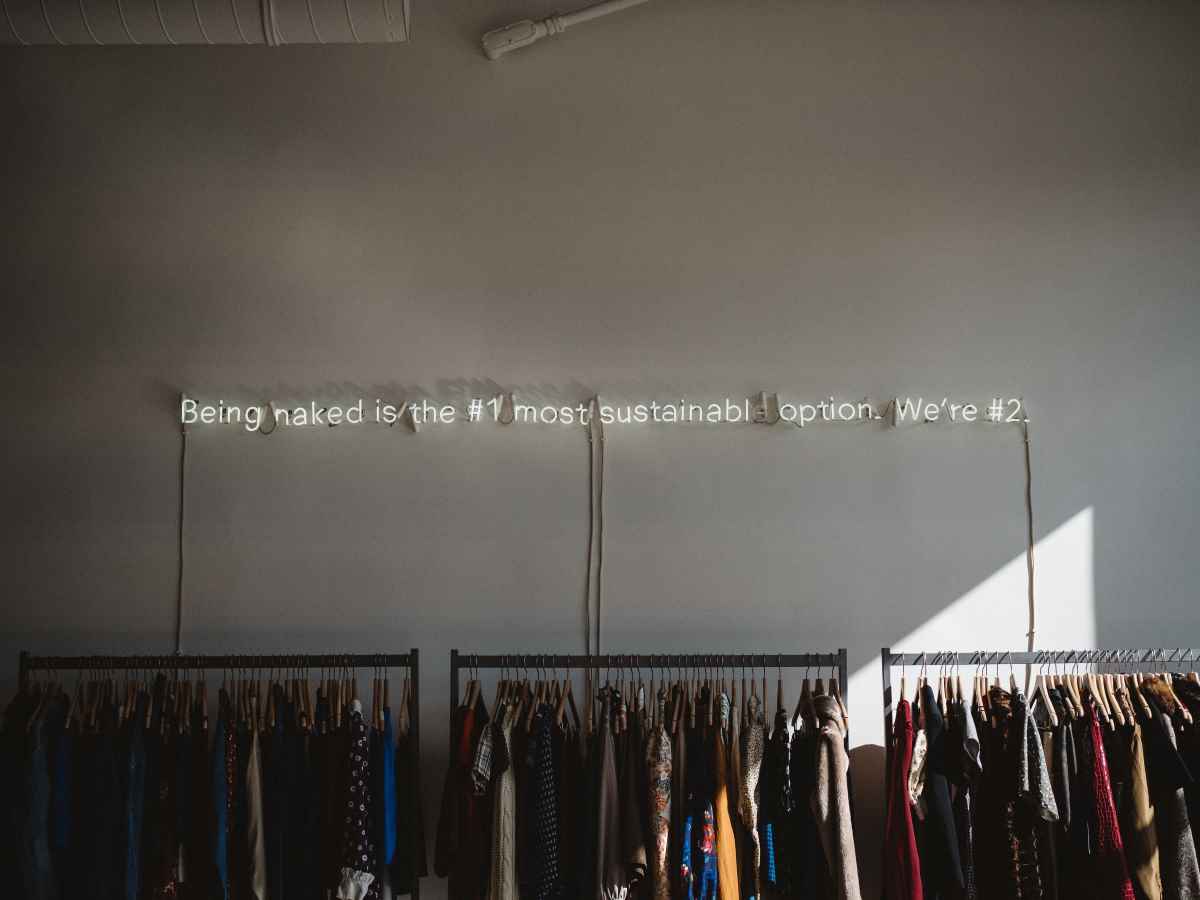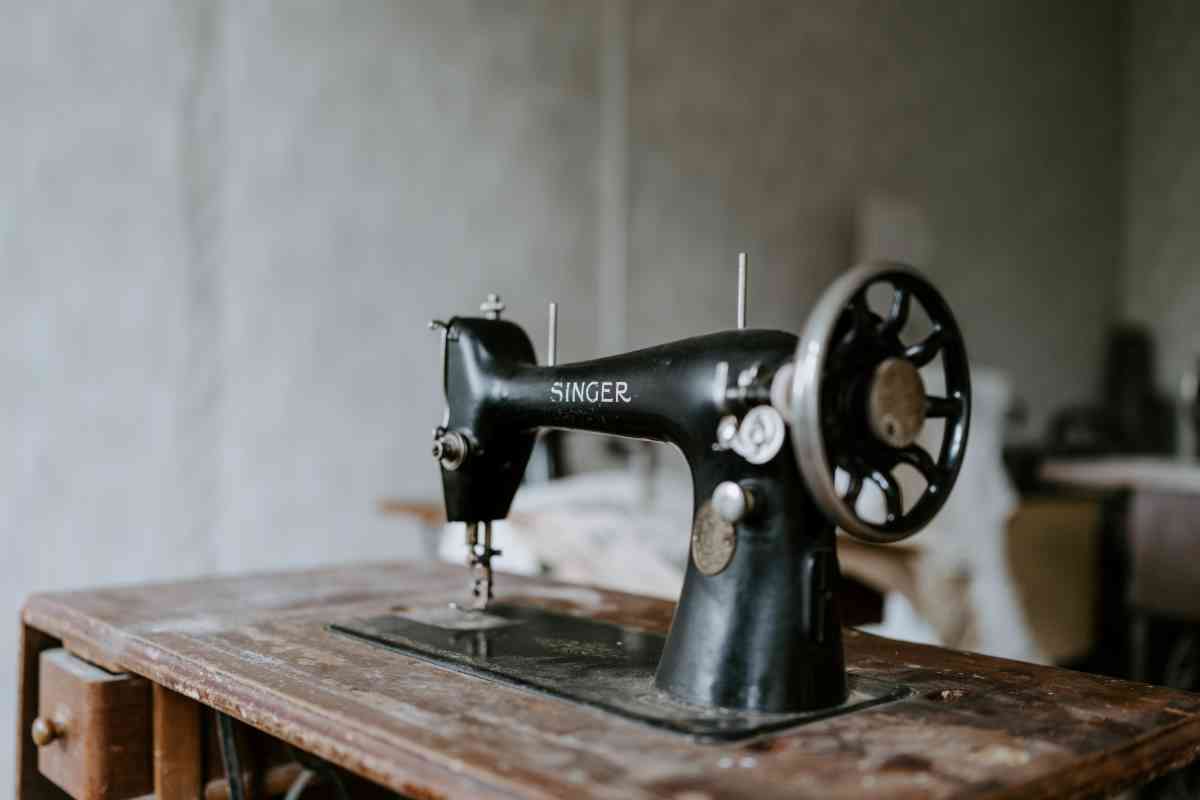
Biodegradable Clothing | A Solution To The Fashion Effect?
Fashion has developed a damaging throwaway culture, and biodegradable clothing may be our only answer. Because of the constant change in the industry thanks to Fast Fashion, garments last a short time in our closets, generating a constant production cycle that causes significant damage to nature. But can we reduce its environmental impact? Biodegradable clothing is one of the answers and one of the main bets of the sector to boost sustainability.
BIODEGRADABLE CLOTHING
Clothing is defined as biodegradable when it can be decomposed by natural organisms such as bacteria or fungi. As a result, the fabric is to be completely reintegrated into the ecosystem without causing any damage.
Biodegradable clothing is made from organic fabrics. Care must be taken in all the manufacturing processes of the garment: From the procurement of raw materials to its production in sustainable factories. In addition to preventing damage to the environment, these clothes are mainly handmade. Using resistant and natural materials, the clothing is guaranteed to last a lifetime. In the fashion industry, however, organic fabrics are rare: “Currently, more than 60% of clothing in our industry is composed of polyester created from toxic processes and, according to the World Bank, 20% of water pollution is due to textile processing”

HOW TO RECOGNIZE BIODEGRADABLE CLOTHING?
In the age of greenwashing many fast fashion fabrics often masquerade as sustainable textiles. It is becoming more and more difficult to identify the difference between biodegradable clothing, and items which have been made to appear sustainable. There are certain certifications to look out for before buying your new fashion statement.
A great place to start is Greenpeace International’s Detox Campaign. The Campaign aims to reduce the pollution caused by the textile industry. Creating a restricted materials list of unsustainable textiles for companies to avoid. So far, 80 fashion companies have committed to eliminating such substances from their production chain by 2020. Different certifications have been created to promote sustainable fashion and thus ensure the company’s commitment to the preservation and care of the environment.
“In the age of Greenwashing, many fast fashion fabrics often masquerade as sustainable textiles”.
It certifies that a minimum of 70% organic fibres have been used in the garment. In addition, it analyzes dyes, and other chemical products and does not accept a transgenic origin. It is the most extended seal.
Naturtextil IVN Certified
This European certifying organization is very strict and guarantees that garments are 100% natural.
Other standards
Oeko-Tex, OE (Organic Exchange), CCS (Content Claim Standard), OCS (Organic Content Standard), IMO (Institute of Marketecology).

NEW TECHNIQUES
Biodegradable fabrics are still an unexplored resource in the fashion industry. Yet some brands are paving the way for this sustainable future. From molecular regeneration, bacteria generated fabric and a new substitute for leather. The future is looking bright for biodegradable clothing.
AMBERCYCLE: founded in 2015 by Shay Sethi and Moby Ahmed, Ambercycle specializes in developing technology that separates and purifies molecules from post-consumer textile waste, intending to generate materials that can be used to make new garments. The company converts end-of-life textile waste into new yarns for apparel brands and manufacturers through its molecular regeneration process, separating components in complex textiles to create pure raw materials from traditionally difficult-to-recycle streams.
The chemical process is only three-steps: after extracting polyester from a blend of materials to create a yarn, they take a mixed material containing cotton and polyester and extract the latter at the molecular level to produce a new one, resulting in a fibre that can be infinitely recycled. In addition, all waste generated is burned to create energy in their facilities.
BIOTECAM: Found at the Alberto Luiz Coimbra Institute of Graduate Studies and Research in Engineering of the Federal University of Rio de Janeiro (Coppe-UFRJ). Biotecam uses the same bacteria present in vinegar to produce a cellulose film that at first glance is similar to leather and is transformed into clothing and accessories. The start-up’s production is still small, only 4 square meters (m2) per month, which it intends to increase thanks to the help of larger Brazilian companies. Currently, biotelles can be applied in accessories and the production of textile apparel on a smaller scale, but they say they are not yet viable for the manufacture of any kind of garment.
LE QARA: The Peruvian startup created by Jacqueline Cruz and her sister Isemar Cruz develops vegan and eco-friendly biocide-based textile products to stop using cowhide. Since 2017 Le Qara was growing thanks to competition and funds, both national and international, which allowed them to improve their prototype. This project demonstrates the high potential of biotechnology in fashion with the creation of a 100% natural biotextile material similar to leather that is biodegradable, non-toxic and soft to the touch, which positions it as a high-end material.
VERÓNICA BERGOTTINI: Originally from Argentina, designer Veronica created the biomaterial Tilex. It is similar to leather, but generated with microorganisms from yerba mate. This textile can be used to make garments and accessories that are then returned to the earth without becoming waste because they degrade at the same rate as other organic waste.
We must start being aware of the footprint we are leaving in the world and be responsible for what we consume, biodegradable clothing can be a positive impact and it can reverse the damage generated by this industry and not only for the environment but for us, as we will not be wearing clothes with toxic chemicals and micro plastics that threaten our health.
Highlight Image:
© Taisiia Shestopal en Unsplash
+ Words:
Carmen Espinoza
Luxiders Magazine







